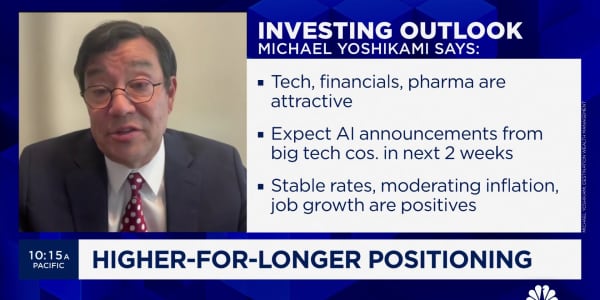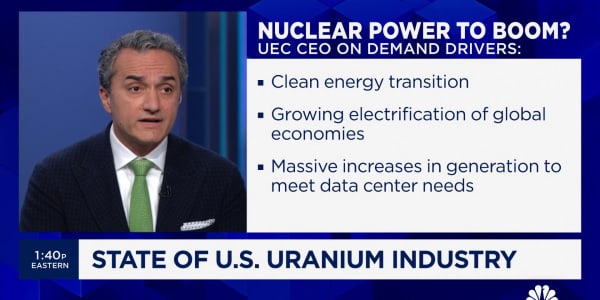In a recent post I proposed that Scott Sumner, the premier market monetarist, expects too much of an inflationary effect from quantitative easing because his definition of money is too narrow.
Very briefly I'll run through the QE=inflation view. If you consider inflation to be a monetary phenomenon, more or less, than increases in the supply of money should result in higher prices (all other things being equal). If you also consider QE to be adding to the supply of money because it exchanges government bonds for bank reserves, then QE appears to be inflationary.
It's the second point that deserves another look: does QE really increase the supply of money? The answer to that, of course, depends on what you consider to be money. The definition of money, however, is notoriously hard to pin down. In fact, as Milton Friedman and Anna Schwartz argued, it may be impossible to pin down on an abstract level.
What we really want is not a "definition" of money that will apply to all and any circumstances. We want one that is relevant to the question we are asking. The definition that best helps us understand the particular aspect of the world and economics that we are looking at.
Sumner appears—I say "appears" because, like a lot of people, I'm never quite sure what Sumner's saying—to think that when thinking about inflation and QE, "base money" provides us with the most useful metric. The term "base money" was coined by Karl Brunner in his 1961 article, "A Schema for the Supply Theory of Money." Exactly what should count as "base money" was immediately subject to all the usual two-handed economist revisions and challenges. It also got called a lot of different names: "outside money," "high-powered money," "non-interest bearing government debt." But, roughly speaking, the concept is that base money is the total of currency in circulation plus reserve balances of banks.
I don't doubt that at certain times and in certain circumstances, this is a very useful definition of money. Or was. It certainly seems to have a lot of explanatory power when looking at the monetary policy of the Great Depression.
But times have changed. Government bonds now do a lot of the work that currency and reserves once did. They are used to collateralize loans that fund the securities portfolios of broker-dealers, for instance. One recent study by the Fed showed the Treasury and Agency debt accounted for 85 percent of the collateral used in the Tri-Party Repo market, one of the least understood and perhaps most important components of the U.S. financial system. (The Fed study linked here provides a good explainer.)
Which is to say, when you think about money it is at least a good idea to take into account that the definition you use might need to include government bonds. They are a central part of the transaction infrastructure of the U.S. economy.
(Read also: This is the big mistake people are making about QE now.)
And if you include government bonds as money, then you'll see there is very little money creation going in QE. Trading bond-money for reserve-money shifts the components of the money supply but does not necessarily increase it. (If the Fed is paying a premium for the bonds, or the Fed's buying drives the market for the bonds up, there probably is some marginal increase in the money supply.) Of course, this might have important effects but the effect cannot be explained as simply as the standard monetarist narrative would have it.
So why not consider government bonds money? Here's how Sumner recently responded in the comment section on his blog:
"And I do not consider money and bonds to be close substitutes. When I go shopping I do not agonize about whether to bring cash or T-bills to the grocery store. And bonds pay interest, cash does not. Even reserves paid no interest until 2008, when the Fed shot itself in the foot with IOR."
Frankly, I don't know what the grocery store insertion accomplishes here. My local grocery store won't accept bills in denominations larger than $50. Are $100 bills not money? Is the balance of my bank account not money because I have to write a check or go to an ATM to settle a transaction at my grocery store? Is all available consumer credit card indebtedness money because it could be used in grocery stores? The grocery store test is both under-inclusive and over-inclusive.
More importantly, Sumner begs the question: are bonds money? It's not whether money and bonds are close substitutes but whether, when it comes to figuring out whether QE is inflationary, bonds and reserves are close substitutes and should both count as money. And with both bonds and reserves paying a bit of interest these days, and both being transactional currencies considered both safe and liquid, it seems that they are.
The upside of counting bonds in the relevant money supply is that it explains why the QE-driven enormous expansion of the Fed's balance sheet—that is, the growth of base money—hasn't been very inflationary. You don't have to make up phantom, Occam's Razor violating concepts such as "demand for reserves," to explain this. You just notice that QE doesn't grow the money supply by very much.
—By CNBC's John Carney. Follow him on Twitter @Carney







